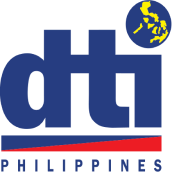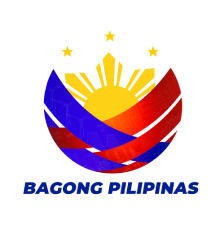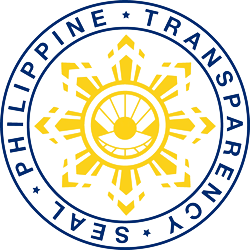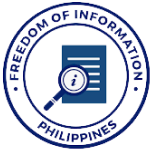Overview
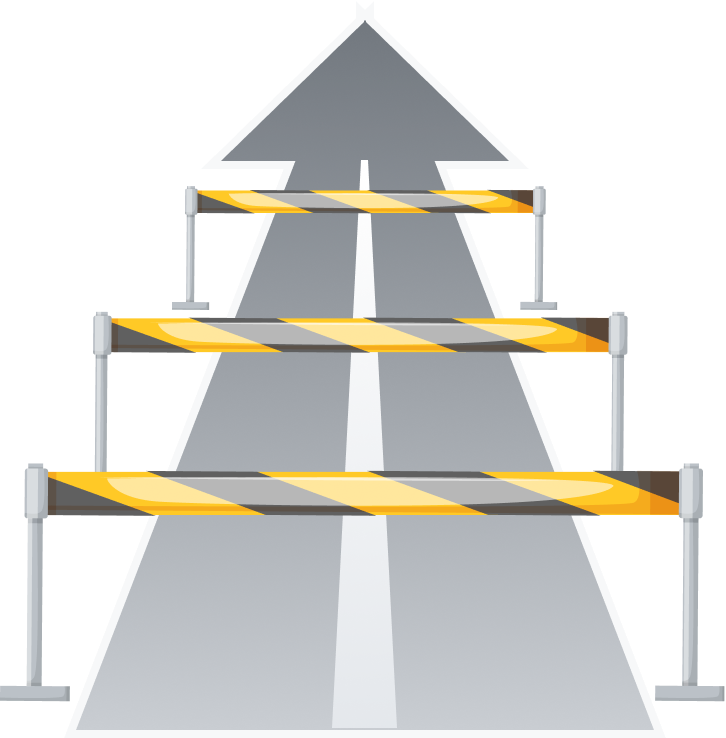
A non-tariff barrier is any measure, other than a customs tariff, that acts as a barrier to international trade. These include:
- Regulations
- Any rules which dictate how a product can be manufactured, handled, or advertised.
- Rules of Origin
- Rules which require proof of which country goods were produced in.
- Quotas
- Rules that limit the amount of a certain product that can be sold in a market.
Features of Non-Tariff Barrier
The UN Conference on Trade and Development classifies 16 types of non-tariff barrier, ranging from measures favouring domestic industries to intellectual property to measures on plant and animal health:
-
Sanitary and Phytosanitary Measures
Plant and animal health regulations
-
Technical barriers to trade
Regulations on the contents of products, the process by which they were manufactured, their labelling, etc.
-
Pre-shipment inspection and other formalities
Requirements that goods be checked or licenses secured before they can be imported
-
Contingent trade-protective measures
Policies that protect the economy from the impact of certain imports , such as anti-dumping measures, safeguards for agriculture, etc
-
Non-automatic licensing, quotas, prohibitions and quality control, measures other than for SPS or TBT reasons
Policies that limit the total number of imports of a certain good, such as quotas, rules stating that imported goods can only be used in certain industries or temporary bans on certain products
-
Price-control measures, including additional taxes and charges
Charges or taxes (other than tariffs) that change the price of imports, for example, by ensuring that imports do not undercut the price of domestically-produced goods
-
Finance Measures
Policies that regulate access to foreign exchange for imports, for example, by requiring deposits to be paid in advance, or that customs duties must be paid ahead of time.
-
Measures affecting competition
For example, compulsory requirements to use national services, or use of a single state-owned importer of some goods
-
Trade-related investment measures
Requirements that goods should contain a certain proportion of locally-produced content, or policies that limit imports based on the performance of exports
-
Distribution restrictions
Measures which make it harder to sell imported goods in all parts of the market, for example, by stating that goods can only be sold in areas that meet certain conditions
-
Restriction on post-sale services
Policies stating that post-sale services (customer services, repair services , etc) must be provided by a local company
-
Subsidies
Money from government for domestic producers, making it harder for importers to compete
-
Government procurement restrictions
Ensuring that government buy goods from domestic producers
-
Intellectual Property
Ensuring that imports comply with patents, trademarks, industrial designs , copyright, geographical indications
-
Rules of Origin
Rules requiring products to be able to demonstrate in which countries they were produced , often so that it can be determined whether the good can benefit from preferential access under a bilateral free trade agreement
-
Export-related measures
Policies undertaken by the exporter’s government, for example, to limit exports to a certain country through trade embargos , or to reduce exports to keep domestic prices low
Governments Procedure on Non-Tariff Barrier
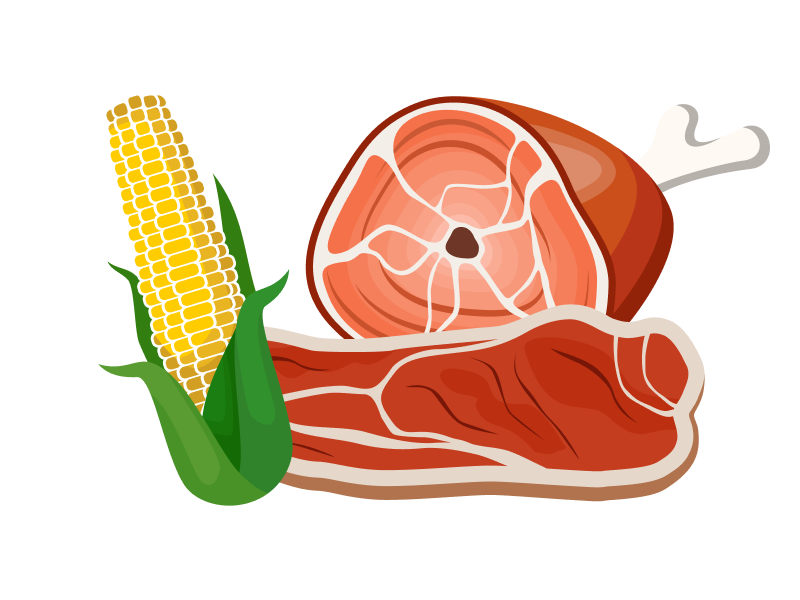
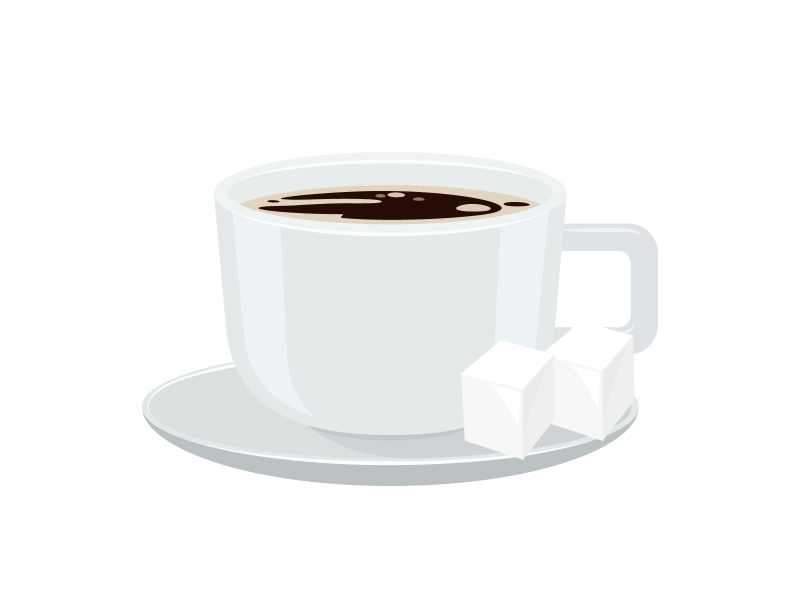
The Philippines maintains a two-tiered tariff policy for sensitive agricultural products, including rice, corn, pork, chicken meat, sugar, and coffee. These products are subject to a tariff-rate quota (TRQ), and all imports outside the minimum access volume are taxed at a higher out-of-quota rate. In-quota and out-of-quota tariff rates averaged 36.5% and 41.2%, respectively, and have not changed since 2005.

- 40%
-
Chicken, frozen or chilled
Turkey livers, frozen or chilled
Potatoes, fresh and chilled
Roasted coffee beans
At present, a few TRQ products have achieved unified in-quota and out-of-quota tariff rates, including chicken, frozen or chilled (40%); turkey livers, frozen or chilled (40%); potatoes, fresh and chilled (40%); and roasted coffee beans (40%). Currently, an additional special safeguard duty is in place for chicken meat, which effectively doubles the rate of out-of-quota tariff protection. Administrative Order (A.O.) 9 of 1996, as amended by A.O. 8 of 1997 and A.O. 1 of 1998, established rules for implementing TRQs and allocating import licenses.
Removing of Non-Tariff Barriers on the Importation of Agricultural Products
In reference to the Section 1 of CMC 91-2024, Further Streamlining Administrative Procedures and Removing Non-Tariff Barriers, the Department of Agriculture (DA), in coordination of DTI and/or Department of Finance, is hereby directed to undertake measures to further streamline administrative procedures and policies on the importation of agricultural products and remove non-tariff barriers. For this purpose, the aforementioned government agencies shall, among others:
Streamline procedures and requirements in the licensing of importers, minimize processing time of application of importation, and exempt licensed traders from submission of registration requirements, subject to existing law, rules and regulations.
Subject to consultation with the National Economic and Development Authority Committee on Tariff and Related Matters, facilitate importation of certain agricultural products beyond the authorized MAV and reduce or remove administrative fees relative thereto, subject to existing laws, rules and regulations.
Streamline procedures and requirements for the issuance of Sanitary and Phytosanitary Import Clearance (SPSIC).
Take concrete steps to improve logistics, transport, distribution and storage of imported agricultural products.

